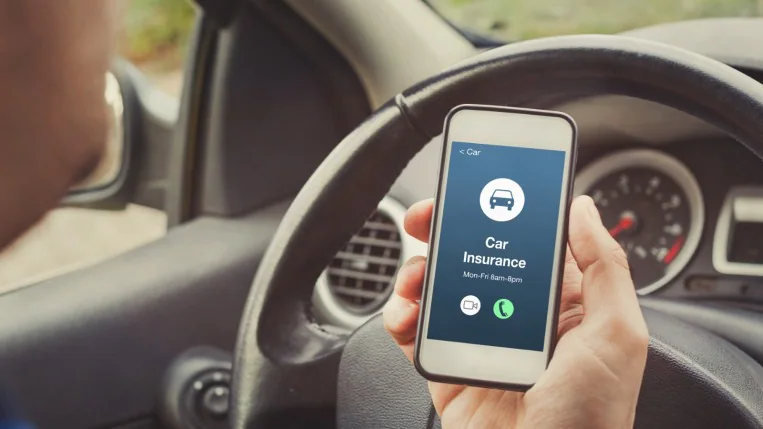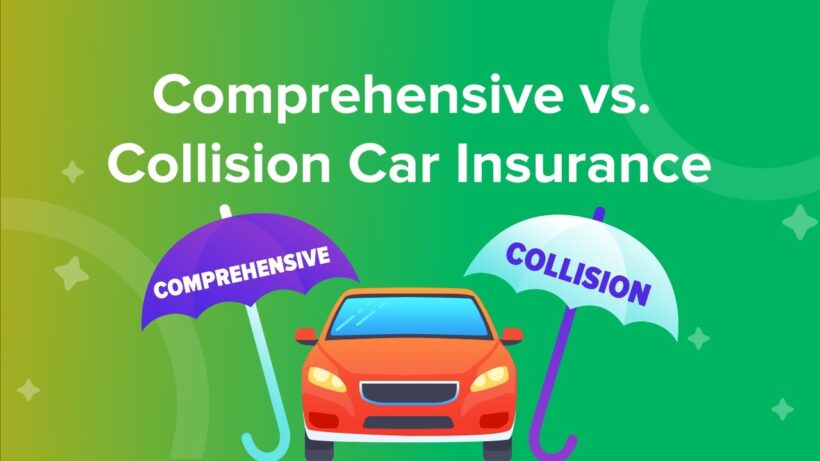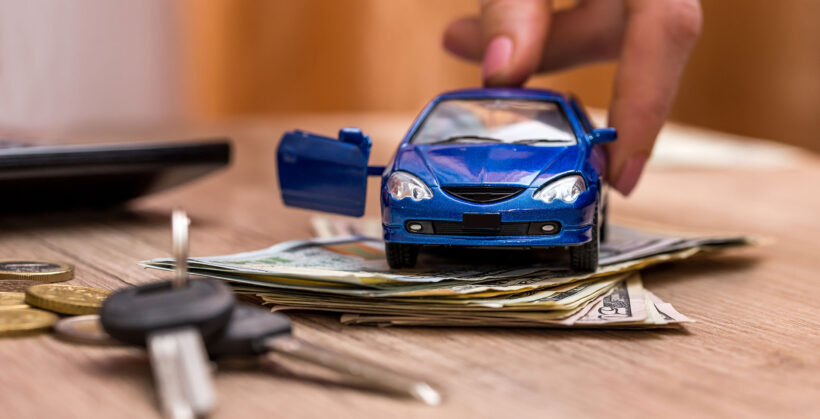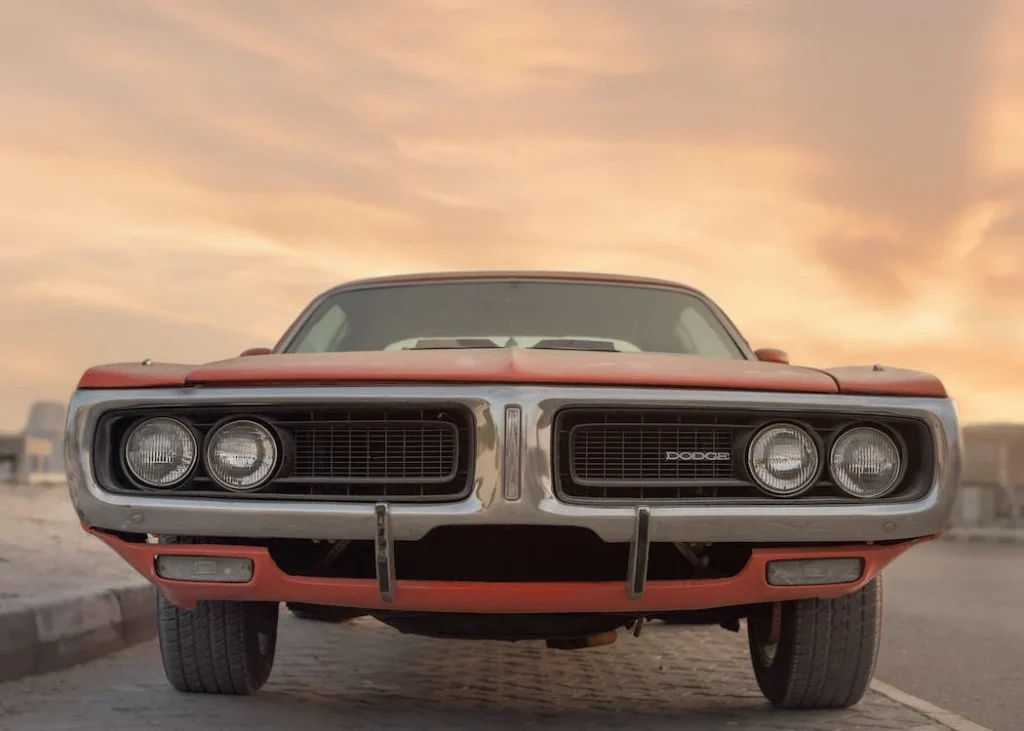Shopping for a new car is usually fun and exciting, right? But shopping for car insurance? Not so much! Still, buying the right auto insurance for your vehicle that matches your needs is essential. After all, the costs and inconvenience of not having a car if it’s damaged or stolen far outweigh the time, effort, and expenses that go into getting the right cover.
Apart from racing cars and the ones used for motorsports, there aren’t auto insurance policies designed for specific vehicles. So, whether you drive a top-of-the-range luxury car or a beat-up old truck, you can choose the type of policy that suits you.
Types of Auto Insurance

Liability, Collision, and comprehensive are the three main car insurance types.
Whether you drive a luxury car, a sedan, a truck, or an SUV, you are legally required to have the minimum Liability cover in most states. Besides mandatory Liability coverage, you can decide whether it’s in your best interests to purchase Collision and comprehensive.
Before buying auto insurance, knowing what each type will cover is helpful.
Liability
Liability coverage will protect you if you are responsible for causing an accident. If you’re the at-fault driver, liability will pay for the damages caused to the other vehicle or any other property you damaged. It will also cover the costs of injuries caused to the driver or passengers in the other vehicle.
If another driver borrowed your vehicle and crashed it, your Liability coverage will pay for the costs associated with any injuries or damages.
Collision

Collision coverage will cover the costs of fixing your vehicle if you’ve been involved in an accident or crashed into a stationary object. In most circumstances, your insurance firm will pay regardless of who the at-fault driver was.
Examples of accidents that are covered by collision insurance include the following:
- Driving into a stationary object such as a tree, pole, or gate
- Another driver knocks into your car and runs away
- You hit another vehicle
- Your car rolls over
- You hit a pothole which causes damage to your car
Collision insurance isn’t a legal requirement, but if you purchase your car with money from a loan, the lender may require you to purchase collision coverage as part of the loan’s terms. Often, if your vehicle is leased, you may also be required to have collision coverage.
Comprehensive

While collision coverage pays for damages resulting from your vehicle crashing into something, Comprehensive coverage covers most damage caused by non-crash-related accidents. As with Collision, you will likely have to buy Comprehensive coverage if you purchased your vehicle with funds from a loan or if the vehicle is leased.
Examples of the types of accidents Comprehensive insurance will pay for include the following:
- A natural disaster such as a fire, earthquake, or flooding
- Acts of vandalism, like if someone scratches your vehicle or sets it alight
- Theft
- Shattered, cracked, or broken windows or windshields.
- Damage caused by something heavy falling onto your parked vehicle
- Damage caused by knocking into an animal
Comprehensive insurance also has a deductible amount and a limit to how much the insurance provider will pay to replace or fix your vehicle. The deductible and limit for Comprehensive cover are usually separate from your Collision cover, so it’s essential to keep this in mind.
Should You Buy Collision and Comprehensive Cover

Other than when your vehicle is financed with a loan or lease, the decision to purchase Collision and Comprehensive insurance is up to you. Even though it costs more, many drivers usually choose to buy Collision and comprehensive because it provides inclusive cover, but it’s important to work out what is best for you.
Collision and Comprehensive cover have a deductible and a limit. The deductible and limit for Collision and comprehensive are separate, so it’s essential to be aware of what they are before taking a policy. The limit is typically the cash value of the vehicle minus the depreciation.
The deductible is the amount you will need to pay out-of-pocket before your insurance pays to fix or replace your car, and the limit is the maximum amount your insurance firm will pay to repair or replace it.
Since cars depreciate, it’s a good idea to consider how old the car is when deciding whether or not to purchase Collision and Comprehensive Coverage. In most cases, the depreciated value of your vehicle is lower than the amount it will cost to replace your car with a new make and model.
Usually, new cars lose most of their value within the first few years and depreciate at a rate of between 15% to 20% after that.
When deciding on buying full coverage insurance (Liability, Collision, and Comprehensive), it’s a good idea to consider how old the car is, the deductible, and the limit.
For example, if you bought an old car for $1000, even though the premiums on an older car are lower than on a new car, you would still have to pay a deductible before insurance pays to fix it. Let’s say the premiums are $50, and the deductible is $300.
A year later, you are in an accident, and the vehicle is damaged. Because of depreciation, the vehicle’s value may be around $850. Taking the deductible into account, the insurance company will pay you about $550 to repair or replace the vehicle, and you would need to put in the balance.
Usually, drivers believe it makes financial sense to have full coverage on newer vehicles rather than old ones, but it’s important that you figure out what works best for you.
Covering the Cost of Deductibles
Insurance offers protection, but it usually isn’t enough since you have to pay a deductible and because there’s a limit to how much insurance will pay. Also, many people may opt for a higher deductible to bring down the amount they pay in monthly premiums, but when their vehicle needs to be replaced or repaired, they realize it will cost them a significant out-of-pocket amount.
Even if you have full coverage, saving money will lessen the stress when you need extra money to fix your vehicle.
Still, if you’re in a situation where you need to pay a deductible but don’t have the money, you always have the option of taking a loan. You can borrow money from CreditNinja, the bank, or any other reputable lender. Before taking a loan, you must familiarize yourself with the terms and conditions and be sure that you can afford to repay it.
Conclusion

While it’s mandatory in most states to have Liability insurance coverage regardless of the kind of vehicle you have, you can decide whether or not you want to buy full coverage as long as your vehicle is not financed with a loan or leased.

